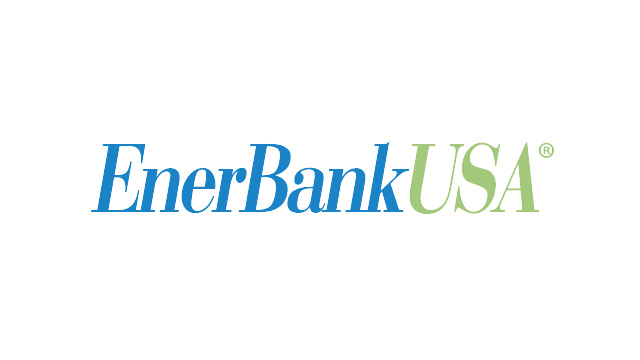How to Strategically Adopt Technology with Rob Palmer

 There’s an endless supply of change going on. It’s easy to get distracted if you’re not careful. Change that comes in the form of technology is especially distracting. The more we integrate it into our lives and jobs, the more we seem to want. The sad irony in our lives is the very thing we want most can distract us from finding our greatest success.
There’s an endless supply of change going on. It’s easy to get distracted if you’re not careful. Change that comes in the form of technology is especially distracting. The more we integrate it into our lives and jobs, the more we seem to want. The sad irony in our lives is the very thing we want most can distract us from finding our greatest success.
For instance, if we let our IT departments get every fancy new gadget or technology they wanted, the company would certainly be on the cutting edge, which is an enviable position for a company to be in these days. However, that glut of technology won’t necessarily help your business run smoother or help you dramatically increase your revenue. In fact, it could easily cause you to lose money. While technology can help your company succeed, it’s even more important to maintain a focus on your long-term strategy, which includes implementing key technology that synergizes with or expands your strategy.
We’re always evaluating modern tools to align our technology with our long-term strategy. We use the Agile Methodology. Instead of making large updates every year or two, we make small, iterative changes on a regular basis. This allows us to adapt more quickly to market changes and provide our home improvement contractor clients with the tools they need more quickly than before. Additionally, we’ve implemented a system that allows those same contractors to suggest changes for our systems. This, combined with our iterative software model, allows us to make the changes they need to complete their projects more efficiently.
Another important reason for strategic technology adoption is so you don’t alienate your customers. We live in an age where we can measure almost anything, including buying habits and web browsing habits. The combination of these two abilities means you could potentially see the buying habits of a customer or their family, making it seem like they’re being constantly surveyed or stalked. Clearly, this won’t help influence the customer positively, despite the additional knowledge you’ve gained.
A positive example of how technology is being used can be seen in the many examples of contractors embracing the Nest home automation thermostat. Many people may not associate contractors with consumer technology, but contractors are leveraging Nest and similar applications to benefit customers. Adding this service can provide the impetus for a customer to go with one contractor over another, because that contractor can help the customer implement appealing technology.
GPS and other digital mapping programs are other commonly used technologies. The average person may use these programs to get to a dinner reservation at the newest restaurant in town. Roofing contractors are using GPS and mapping technologies to more accurately measure rooftops without a site visit, while landscape contractors are using these programs to show customers’ landscape projects in a more realistic manner. This strategic adoption of technology aligns with the contractor’s business and extends the services provided by the contractor.
Finding pieces of tech that help leverage value out of the services you already provide are quick wins, but it’s critical to stay focused on your long-term goals. Strategic implementation of technology can help you achieve those goals, while reckless adoption will hinder your plans. Choose your technology wisely, and you will benefit both your customers and your business.
Blog Archives
No posts for Apr, 2024




